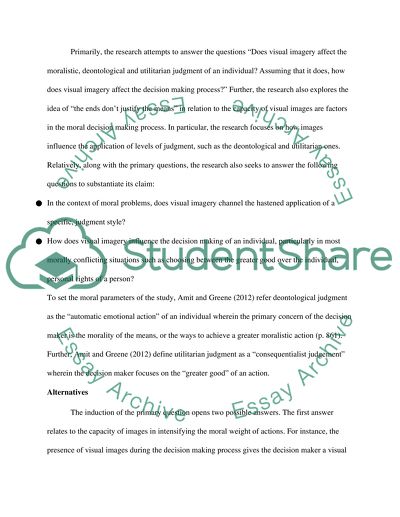Cite this document
(“Cognitive Processes Research Paper Example | Topics and Well Written Essays - 1250 words”, n.d.)
Retrieved from https://studentshare.org/psychology/1467864-cognitive-processes
Retrieved from https://studentshare.org/psychology/1467864-cognitive-processes
(Cognitive Processes Research Paper Example | Topics and Well Written Essays - 1250 Words)
https://studentshare.org/psychology/1467864-cognitive-processes.
https://studentshare.org/psychology/1467864-cognitive-processes.
“Cognitive Processes Research Paper Example | Topics and Well Written Essays - 1250 Words”, n.d. https://studentshare.org/psychology/1467864-cognitive-processes.


